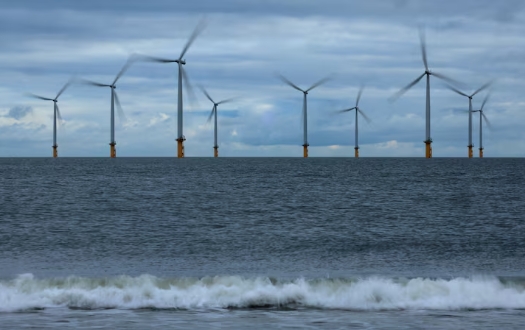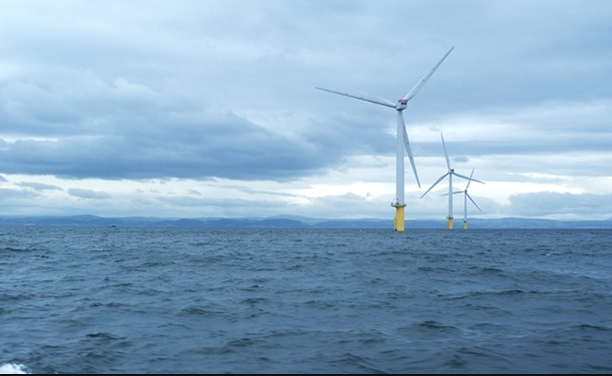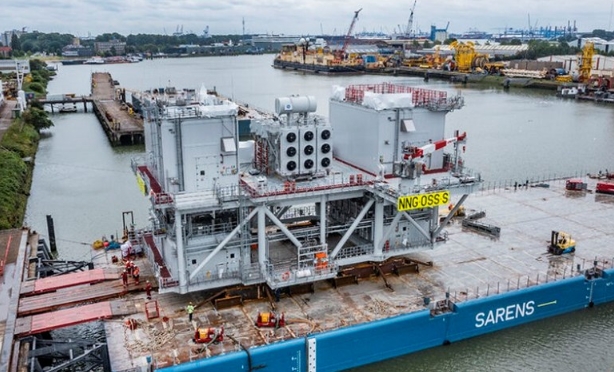Thermal coal prices are expected to recover this year after losing around a third of their value last year as demand from some south-east Asian countries grows and oversupply tightens due to financing constraints for new capacity.
Investors widely anticipate the slow demise of coal use due to policies encouraging cleaner natural gas and renewable energy generation, as well as public pressure on companies to fight climate change and increasing divestment from coal assets.
However, the shorter-term outlook is for a resurgence in prices as oversupply is reduced.
“As 2020 gets under way there are signs that the support that international coal prices found at the tail end of last year could just be a foretaste of a market recovery in the year ahead,” said Guillaume Perret at consultancy Perret Associates.
“Although demand looks set to remain largely subdued, tightening supply, especially in the Atlantic market, could boost prices after their heavy fall in 2019,” he added.
Scant investment in the industry, difficulties securing finance and cost-cutting measures means stocks are depleting quickly which will reduce oversupply.
Physical Australian thermal coal and European benchmark coal futures lost around one third of their value last year, while European physical prices dropped by as much as 40%.
So far this month, prices for prompt loading at Australia’s Newcastle terminal have gained 13% while front-year European API2 coal futures have risen 16%.
In Europe, the cheapness of natural gas, coupled with strong carbon permit prices, meant gas was more competitive than coal in power generation last year. This trend is set to continue as liquefied natural gas (LNG) supply is expected to increase further and keep gas prices under pressure.
The U.S. coal industry continues to decline due to competition from cheap shale gas and renewables, but coal use in India, Vietnam, Indonesia, Bangladesh and Pakistan is expected to continue to grow.
“We see a recovery in traditional coal markets. This sets the stage for supply to be over-cut throughout the first half of the year and, when LNG prices finally rise and winter restocking begins, coal prices could soar as they did in 2016,” said Dale Hazelton, head of thermal coal research at Wood Mackenzie.







